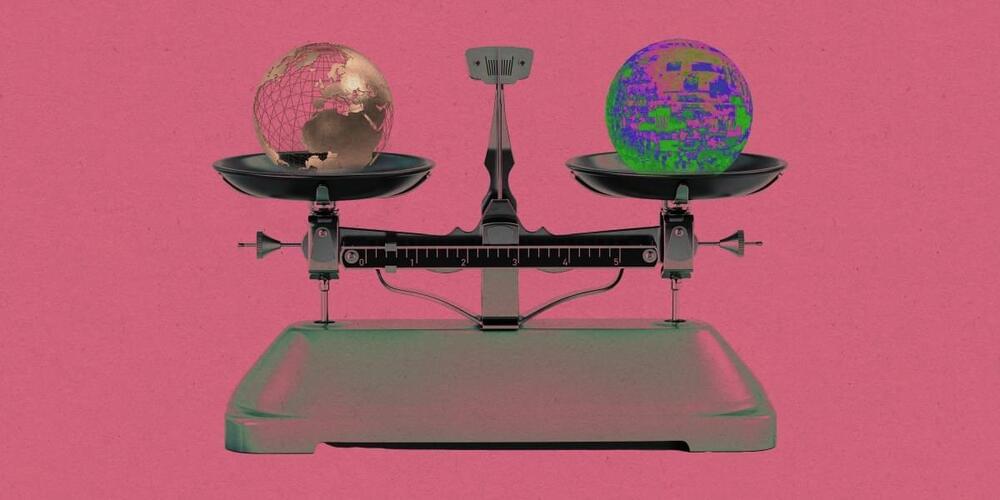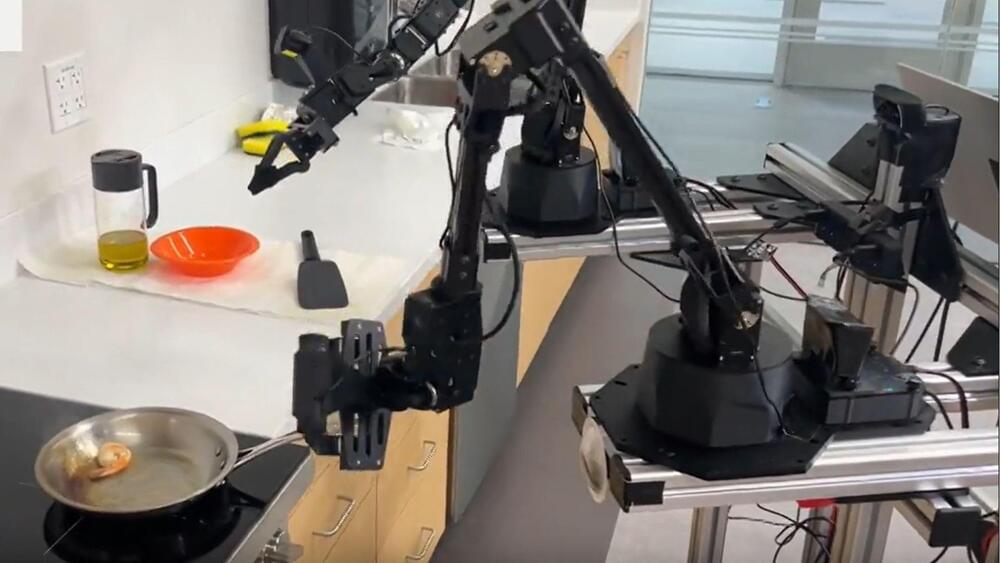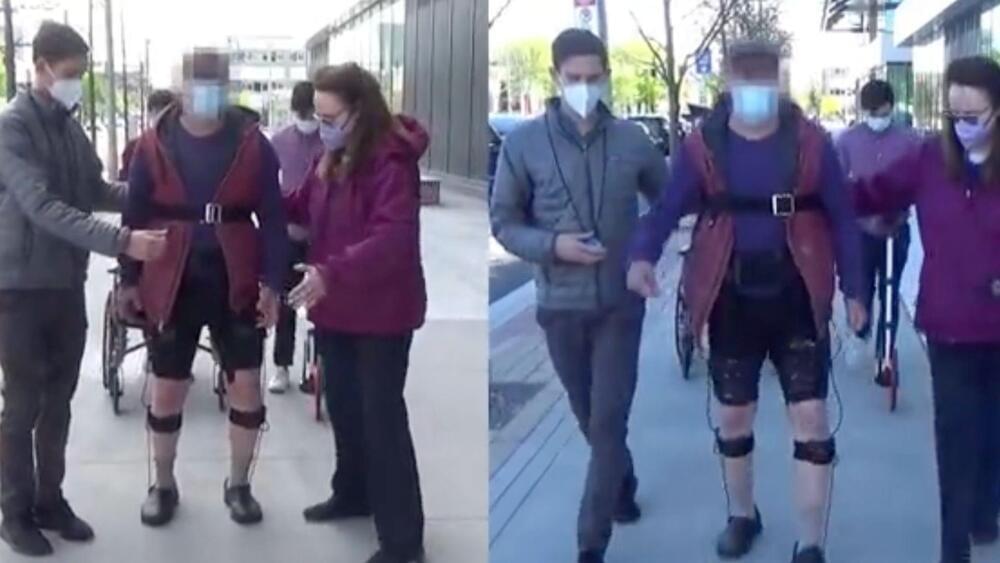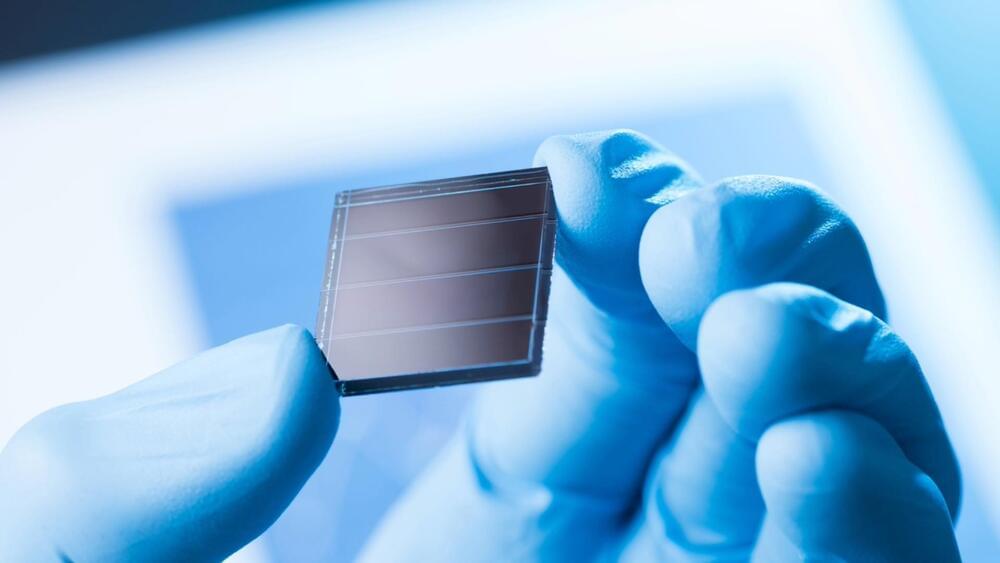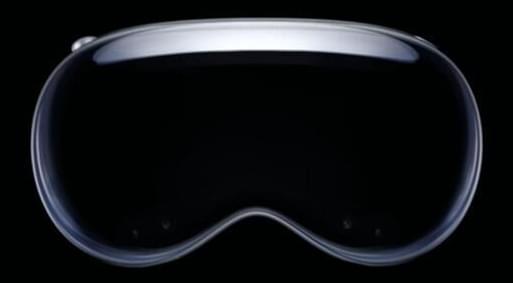Governor Kristi Noem has proposed a $6 million investment in a new Center for Quantum Information Science & Technology (C-QIST) in her recommended budget for the upcoming fiscal year.
According to details from the proposed budget, the center, a collaborative effort between Dakota State University, South Dakota School of Mines & Technology, South Dakota State University, and the University of South Dakota, aims to position the state as a leader in this emerging field with the potential to revolutionize everything from national security to healthcare.
The governor mentioned the potential of quantum computers to solve intractable problems as a reason for pursuing a quantum computing center, according to South Dakota Searchlight.

